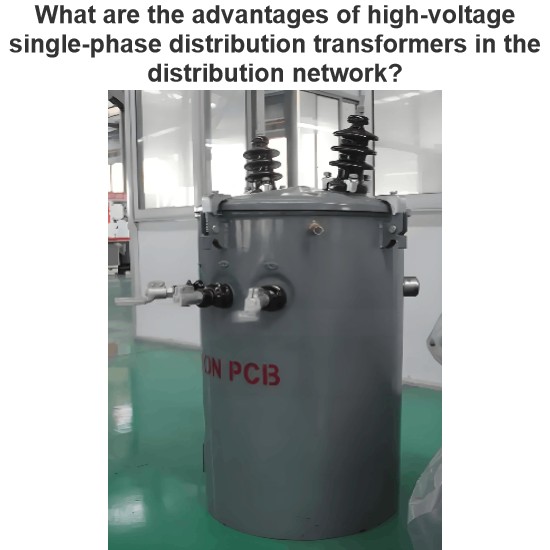How do I run a wire from the meter to my breaker box?
Connecting wires from the meter to the circuit breaker box is an important electrical task that must be performed strictly according to safety standards and local electrical codes. Below is a detailed step-by-step guide to help you complete this task. Please note that if you are not familiar with electrical work, it is strongly recommended to hire a professional electrician to ensure safety and compliance.
Tools and Materials Needed
Insulating Gloves and Insulating Shoes
Screwdriver
Wire Stripper
Crimping Pliers
Electrical Tape
Cable Clamps
Conduit or Cable Sheathing
Terminal Connectors
Grounding Wire
Step-by-Step Guide
1. Turn Off the Power
Safety First: Before starting any electrical work, ensure the main power is turned off. Locate the main breaker and switch it off, and make sure no one will accidentally turn it back on.
2. Prepare the Wires
Choose the Right Wires: Select the appropriate wire gauge based on your load requirements. For residential use, 10 AWG or 12 AWG copper wire is typically recommended.
Measure the Length: Measure the distance from the meter to the circuit breaker box to ensure the wires are long enough.
3. Run the Wires
Install Conduit or Sheathing: To protect the wires, it is usually necessary to use conduit or cable sheathing. Secure the conduit to the walls or floor to ensure it is firmly in place and protected from physical damage.
Pull the Wires: Thread the wires through the conduit or sheathing. Ensure the wires are not twisted or damaged.
4. Connect to the Meter
Open the Meter Box: Use a screwdriver to open the meter box and ensure there is no live power inside.
Strip the Wires: Use a wire stripper to remove the insulation from the ends of the wires, exposing the conductors.
Connect the Wires: Connect the wires to the appropriate terminals on the meter. Typically, the meter will have markings indicating which terminal connects to the live wire (L1, L2), neutral wire (N), and ground wire (PE).
Secure the Terminals: Use a screwdriver to tighten the terminals, ensuring the wires are securely connected.
5. Connect to the Circuit Breaker Box
Open the Circuit Breaker Box: Use a screwdriver to open the circuit breaker box and ensure there is no live power inside.
Strip the Wires: Use a wire stripper to remove the insulation from the ends of the wires, exposing the conductors.
Connect the Wires: Connect the wires to the appropriate terminals in the circuit breaker box. Typically, the box will have markings indicating which terminal connects to the live wire (L1, L2), neutral wire (N), and ground wire (PE).
Secure the Terminals: Use a screwdriver to tighten the terminals, ensuring the wires are securely connected.
6. Grounding
Ensure Proper Grounding: Make sure all grounding wires are correctly connected to the grounding terminal in the circuit breaker box. Grounding wires are typically green or bare copper.
Check Grounding: Use a multimeter to verify that the grounding is good.
7. Inspect and Test
Inspect Connections: Carefully inspect all connections to ensure there are no loose or exposed conductors.
Restore Power: Once everything is verified to be correct, restore the main power.
Test the Circuit: Use a multimeter to test the circuit and ensure the voltage and current are normal.
8. Organize and Clean Up
Organize the Wires: Neatly tie up any excess wires to ensure there are no exposed parts.
Close the Meter Box and Circuit Breaker Box: Reinstall the covers on the meter box and circuit breaker box, and ensure they are securely closed.
Safety Tips
Always Turn Off the Power: Ensure the power is turned off before performing any electrical work.
Use Insulated Tools: Use insulating gloves and insulated tools to prevent electrical shock.
Follow Local Electrical Codes: Ensure all work complies with local electrical installation standards and codes.
Seek Professional Help: If you are not familiar with electrical work, strongly consider hiring a professional electrician.
The Electricity Encyclopedia is dedicated to accelerating the dissemination and application of electricity knowledge and adding impetus to the development and innovation of the electricity industry.













